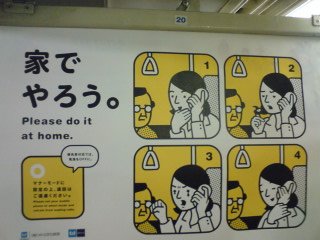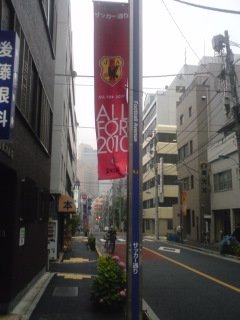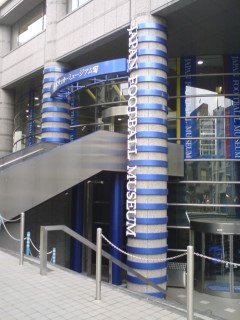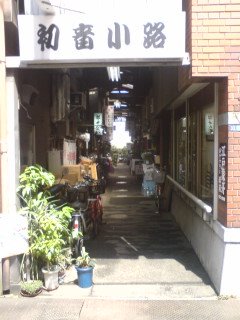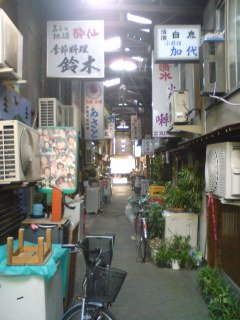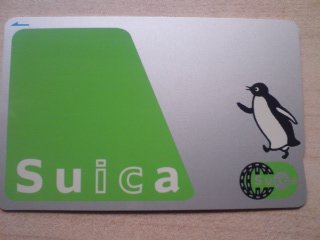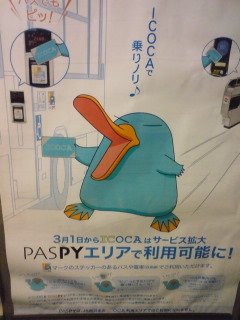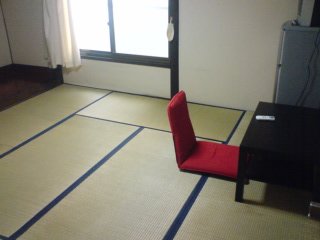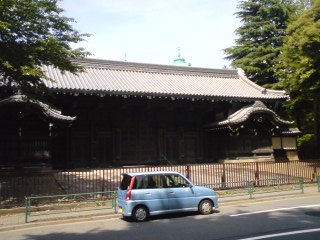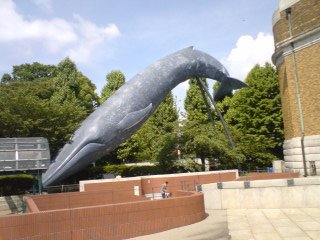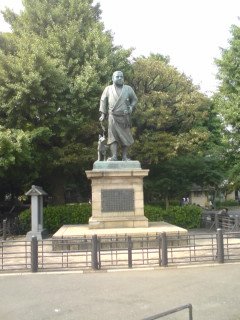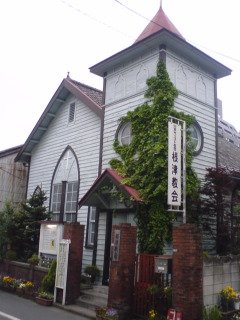Surely there are homeless people everywhere in the world but I have never seen so many of them concentrated in one location for a long period of time as in Ueno. Everyday they seem to be increasing too!! I wonder if the local municipalities have any kind of strategies to handle such social problems? It is quite sad to see them sleeping in their cardboard boxes everyday.
月別アーカイブ: 2008年6月
Homeless in Ueno
To phone in the subway…
A Tokyo subway company has recently issued a new poster on good manners to follow on trains under its “Please do it at home” series. This time, it’s against people who make phone calls on the trains.
I must admit I find it quite annoying to have to listen to someone else’s phone call. On the other hand, people usually talk while on a train. The fact is that one often doesn’t realize one’s voice being loud when talking on the phone.
Another thing which I find quite annoying is that many people don’t switch their mobiles off when near the priority seats. Some even use them when sitting there. Subway is thus not always the place where people behave the best.
Street and museum of football (soccer)
Recently, as I was walking down the avenue linking Hongô 3-chôme to Ueno, I noticed a board indicating a “Japan football museum”. I decide to go in that direction to see.
The street I was in was actually called “Football street”, sakkâ-doori サッカー通り.
After a few minutes walk, I finally found the football museum, but it was closed. I’ll try to visit it another day. Here’s the museum’s website : http://www.11plus.jp/e/
Small merchant street in Yanaka area
When I go to Ueno or Akihabara (on foot or by bike), I often go through Yanaka Ginza and Ueno park. On the way, there’s a really short roofed passage. It’s the merchant street (a dead-end alley, actually) called Hatsune-kouji 初音小路.
There are several shops, restaurants and bars there with an atmosphere recalling a bit 1960’s Japan found in Yasujirô Ozu’s movies. If I have an opportunity, I’ll try one of these restaurants.
To take the train and subway in Tokyo
The public transportation network in Tokyo is quite disconcerting when one comes here for the first time, notably because of the number of railway companies in presence. An other problem is the labyrinth aspect of some stations such as Shinjuku or Ikebukuro (where even Japanese people get lost).
The first problem is resolved thanks to rechargeable IC cards SUICA/PASMO which allows to take all the lines of all the train, subway or bus companies easily. However, one has to take care of the credit left on the card if one doesn’t want to see the gate to close in front of oneself…which can be quite troublesome during rush.
The same kind of cards is available in other Japanese regions such as ICOCA in the Kansai area. The funny thing is that SUICA card has a penguin as a character, while it is a platypus for the ICOCA.
To experience Japanese housing
To live in a guesthouse is an enriching experience as one can meet other people and share information daily. It is as true for Oakhouse as the majority of residents are Japanese, allowing for cultural exchanges.
Moreover, some of Oakhouse’s houses propose Japanese-style rooms with tatami flooring. It would be a pity to miss on this, wouldn’t it?
If you come in winter, I strongly recommend you to ask for a kotatsu , a low table equiped with an electric resistance for heating. It is usually used with a futon in between the two boards of the table to make it warm below. It’s very pleasant in winter.
Evening Walks in Ueno Park
Lately my roommate and I have been taking long walks in Ueno park after work. It’s so refreshing! We always think it’s nice living near a big park. During the day it is too hot and crows make it almost insufforable for us to enjoy Ueno park. However in the evenings it is quite cool and less noisy. Even sitting under a tree to have some peace is nice too.
A few monuments of Ueno park
Ueno park not being far from where I live, I take advantage of days the weather is good (which is quite rare recently) to have walk there. Here are some famous monuments of this park.
The picture above is that of the gate called “kuromon 黒門” (the black gate). It is said to have been themain gate to the manor of lord Ikeda, daimyo of Inaba province (East of Tottori). It is now located inside Tokyo National Museum, at the north of the park.
Not far from there is the Tokyo National Museum of Nature and Science. Beside it is a full size statue of a blue whale diving. The statue is 30 metres long.
More in the south of the park is the statue of Saigô Takamori 西郷隆盛 (1827-1877). He was a Japanese politician of late Edo-early Meiji period, originary from the Satsuma province which opposed the shogunate to restitute the Emperor at the head of the State.
Nezu Church
When coming to Japan, one goes to buddhist temples and shinto shrines. There are however also many churches in Japan. The other day, as I was having a walk in Nezu district, which is famous for its sanctuary, I found this church.
It was built in 1919 (Taishô era) and is still used nowadays. It is a protestant church.
It is probably not as exotic as a shrine or a temple, but I find this kind of building very interesting. It shows the Japanese’s broad-mindedness towards religions.
Ueno Park
It is extremely convenient to live near a park in Ueno in the amids of living in the concrete jungle like Tokyo. During the cool evenings after a schorching day it is so nice to sit among green trees and have couple of cold drinks to relax. Tokyo definitely needs more green areas and some of us feel really lucky to live near a big park in Tokyo.
